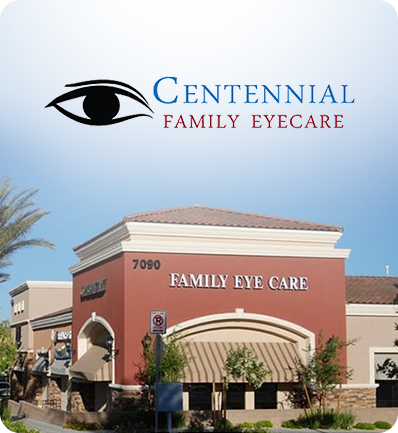
Glaucoma refers to numerous eye conditions that damage your optic nerve. It’s a part of your eye that’s responsible for transmitting information to your brain. If you’re African American, diabetic, older than 60 years old, or have parents or siblings with glaucoma, you’re at a higher risk of developing the disease. Although most people are diagnosed with glaucoma after 60, the disease can occur at any age. If not treated, this eye condition can cause irreversible blindness. Do you want to know more about the signs and preventative care options for glaucoma?
Read on to learn more about how you can protect your vision today.
There Are Usually No Early Warning Signs
There are various types of glaucoma. But the most common one, which affects nine out of 10 people in the United States, is known as open-angle glaucoma. Open-angle glaucoma typically has no early manifestations. Most patients with this condition feel all right and don’t notice vision changes at first. This is because the damage starts on the peripheral or side vision. Patients with open-angle glaucoma maintain the sharpness of their sight until the disease has progressed. By the time they realize they have lost their vision, glaucoma is already quite advanced.
Recognizing an Acute Attack
The other major type of glaucoma is referred to as angle-closure or narrow-angle glaucoma. It occurs when the eye’s drainage canals are clogged, causing a sudden increase in internal eye pressure. The damage can develop very quickly, so it requires immediate medical care. Some of the common symptoms of this type of glaucoma include severe eye or head pain, often accompanied by nausea or vomiting. Patients may also see rainbow-colored halos around bright lights. Others experience blurred or hazy vision and even sudden sight loss. Unlike open-angle glaucoma, this acute attack is very noticeable.
How to Preserve Your Vision
There’s no known cure for glaucoma at the moment. But you can prevent significant visual impairment or blindness with early diagnosis and intervention.
Visit Your Eye Doctor Regularly
According to the Glaucoma Research Foundation, regular eye examinations are currently the best preventive care option for glaucoma. In general, before you turn 40 years old, you should commit to getting your eyes checked at least every two to four years. Between the ages 40 and 54, visit your eye doctor once a year or every few years. From 55 to 64, you have to schedule an eye exam every year or a couple of years. By the time you reach 65, then onwards, it’s crucial that you see your doctor every six months or once a year. But if you’re at an increased risk, it’s advisable to get tested for glaucoma every year or two after the age of 35.
Wear Appropriate Protective Eyewear
Are you an athlete or a sports enthusiast? Perhaps you like doing home improvement projects or have an occupation that puts you at risk of eye injuries. If so, you have to wear safety glasses, a face shield, or a helmet, depending on the activity you’re engaged in. Eye injuries can cause secondary glaucoma. So, you must protect your eyes from impact, dust, extreme heat, toxic chemicals, or optical radiation.
Learn more about preventative care for glaucoma, contact Centennial Family Eyecare in North Durango (702) 941-7800 or Skye Canyon (702) 803-2020.





